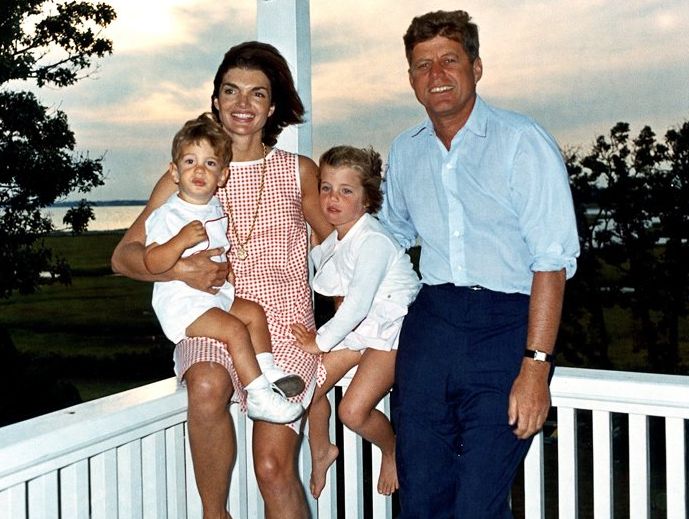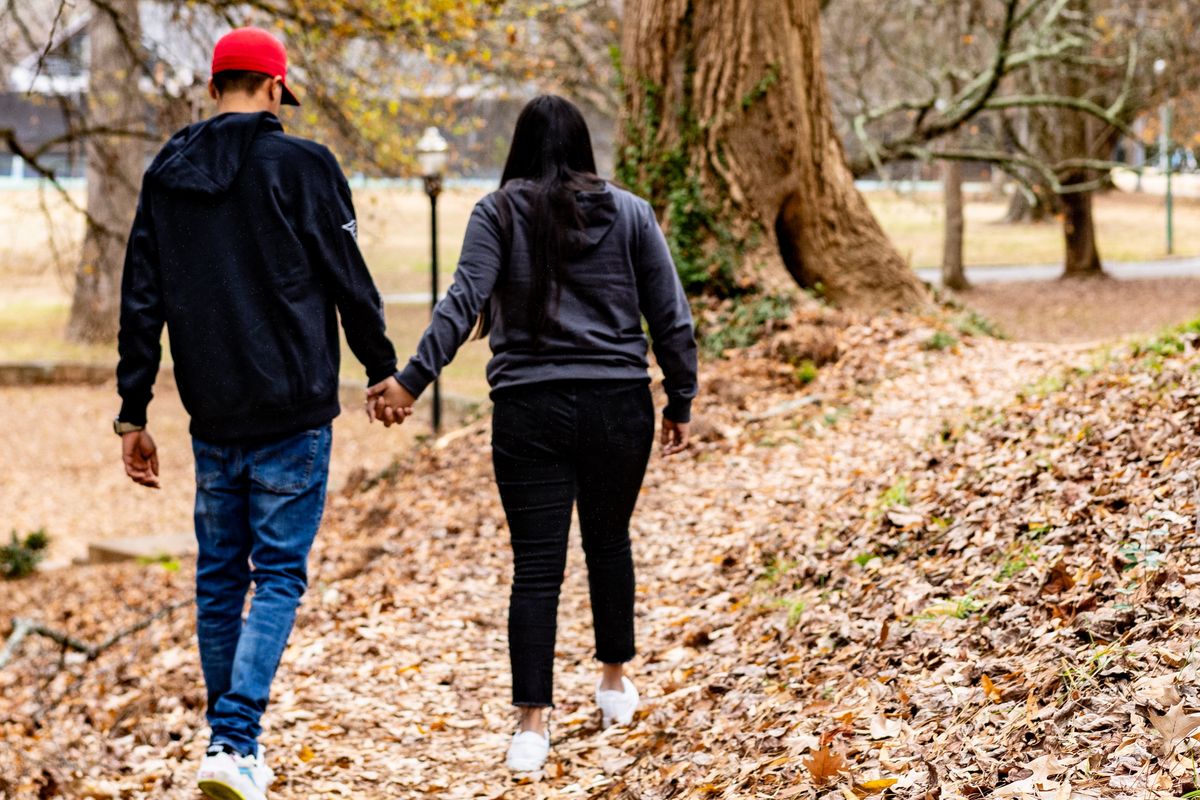We know too much screen time is not good for us. We also know that younger folks are particularly susceptible to screen addiction. Crucially, teachers and psychologists have been sounding the alarm about the effects of too much screen time on young people for years now. Reports flood in every year that more and more people in schools struggle to do anything without ChatGPT's help, that they're way behind in learning fundamental skills, that they're disrespectful and lazy. Every generation has been "concerned" about the one that comes directly after them, bemoaning that they don't have the same values or that their brains are being rotted by Elvis, rock and roll, radio, or television. So some of the doom and gloom is probably overstated, but there's truthfully never been anything quite like iPhones loaded up with TikTok and other forms of hyper-dopamine-fueled social media.
Still, it's unlikely that a young person, or any person, really, can exist in modern society without some level of access to screens. So parents need to effectively help teens and tweens manage the habit and offset the dangers as much as humanly possible.
Psychiatrist, author, and dad of seven Richard Wadsworth recently went viral after showing his own personal strategy for getting his kids to do something other than scrolling.
 Kids are playing outside way less. So parents are looking for new ways to get them exercise. Photo by Annie Spratt on Unsplash
Kids are playing outside way less. So parents are looking for new ways to get them exercise. Photo by Annie Spratt on Unsplash
It could be the perfect solution for parents to not only break screen addiction, but instill some other healthy ritual as well.
In the clip, we first see Wadsworth’s tween son doing deltoid exercises with dumbbells. Which he apparently got up at 6:30 am to do. What could possibly incentivize practically anyone, let alone a preteen to wake up at the crack of dawn to lift weights? Was his dad forcing him to exercise?
No. Wadsworth went on to show a typed out list of various tasks that must be performed before his kids even think about setting eyes on a phone or tablet. The list included a short workout in the form of one mile on the treadmill or 20 minutes of another exercise.
Wadsworth explained that rather than enforcing strict rules, this method provides necessary structure without taking away choice.
“I’m not forcing my son to exercise every day, but I am setting rules and boundaries around his screen time,” he said. “He decided he wanted to have more time after school to play with his friend. And so in order to do that, he realized that he’d need to wake up a little bit earlier and exercise in the morning.”
In addition to exercise, the list included domestic chores like cleaning the bedroom and shared areas, finishing homework, doing laundry, preparing for the next day…and, perhaps most importantly…making sure the toilet is flushed. (Not cleaned, just flushed. Parents everywhere can relate.)
“We have all of their screens locked away. And if they want access to any of them, they need to come ask us and we’ll go through the list together. And they’re not getting their screens until the list is done,” Wadsworth continued.
He also drew a comparison between screen time and sugary sweets, noting how most parents probably wouldn’t routinely allow kids to eat dessert before a nutritious meal, but instead allow it to be a treat.
“Just as you would hopefully have your kids eat dinner before they had their dessert, you should probably be having them do something positive…before they get on their screens." Hence why he tries to get his kids to complete their list before going to the phone.
And in case you’re wondering how Wadsworth’s son feels about all this, he reported having “so much energy for school” feeling “so much better” since his dad introduced the to-do list.
Bottom line: kids need guidance from their parents. And Wadsworth recommends clear cut boundaries to help them develop good habits, “because if you don’t do it, nobody else is.”
Wadsworth’s parenting hack was well received, with quite a few grown adults saying they could benefit from this type of boundary-setting in their own life.
“Even I’m addicted to this screen. I have to tell myself to put it down all the time and I’m a grown adult. Kids definitely need this!” one user wrote.
Another added, “I need someone to do this for me (I’m 28).” To which Wadsworth replied, “we all need parents sometimes.”
 Phones and social media aren't going anywhere. We have to figure out how to make it work. Photo by Gaelle Marcel on Unsplash
Phones and social media aren't going anywhere. We have to figure out how to make it work. Photo by Gaelle Marcel on Unsplash
"We implemented a similar plan, and I was surprised at how easy they took to it. It’s almost like kids need structure. What a concept!" another user remarked.
While the inclusion of exercise on the To-Do List might be controversial, the facts don't lie. Most kids and teens aren't getting enough daily physical activity. Kids don't play outside or walk to school anymore, either. So if they're not exercising, they're probably not moving much at all. And that's just as dangerous as too much TikTok.
Even with potential TikTok bans, social media isn’t going anywhere. The sooner parents can implement guidelines like these, the better equipped their kids will be at balancing tech savviness with tech dependence.
This article originally appeared last year. It has been updated.






































 Don Draper from AMC's "Mad Men" Image via "Mad Men" AMC
Don Draper from AMC's "Mad Men" Image via "Mad Men" AMC John F. Kennedy with his family Image via Wikicommons
John F. Kennedy with his family Image via Wikicommons Sandra’s granddaughter, E’s daughter, and another friend at an indoor park (July 2025)
Sandra’s granddaughter, E’s daughter, and another friend at an indoor park (July 2025) One of the ladies Sandra sponsored from Venezuela and her partner during Sandra’s first visit to meet her (December 2023)
One of the ladies Sandra sponsored from Venezuela and her partner during Sandra’s first visit to meet her (December 2023) Sweet solitude is heavenly for some people.
Sweet solitude is heavenly for some people. Being alone doesn't automatically mean being lonely.
Being alone doesn't automatically mean being lonely. It's healthy to be comfortable being alone with yourself.
It's healthy to be comfortable being alone with yourself. Enjoying your own company is a gift.
Enjoying your own company is a gift. Kids are playing outside way less. So parents are looking for new ways to get them exercise. Photo by
Kids are playing outside way less. So parents are looking for new ways to get them exercise. Photo by  Phones and social media aren't going anywhere. We have to figure out how to make it work. Photo by
Phones and social media aren't going anywhere. We have to figure out how to make it work. Photo by